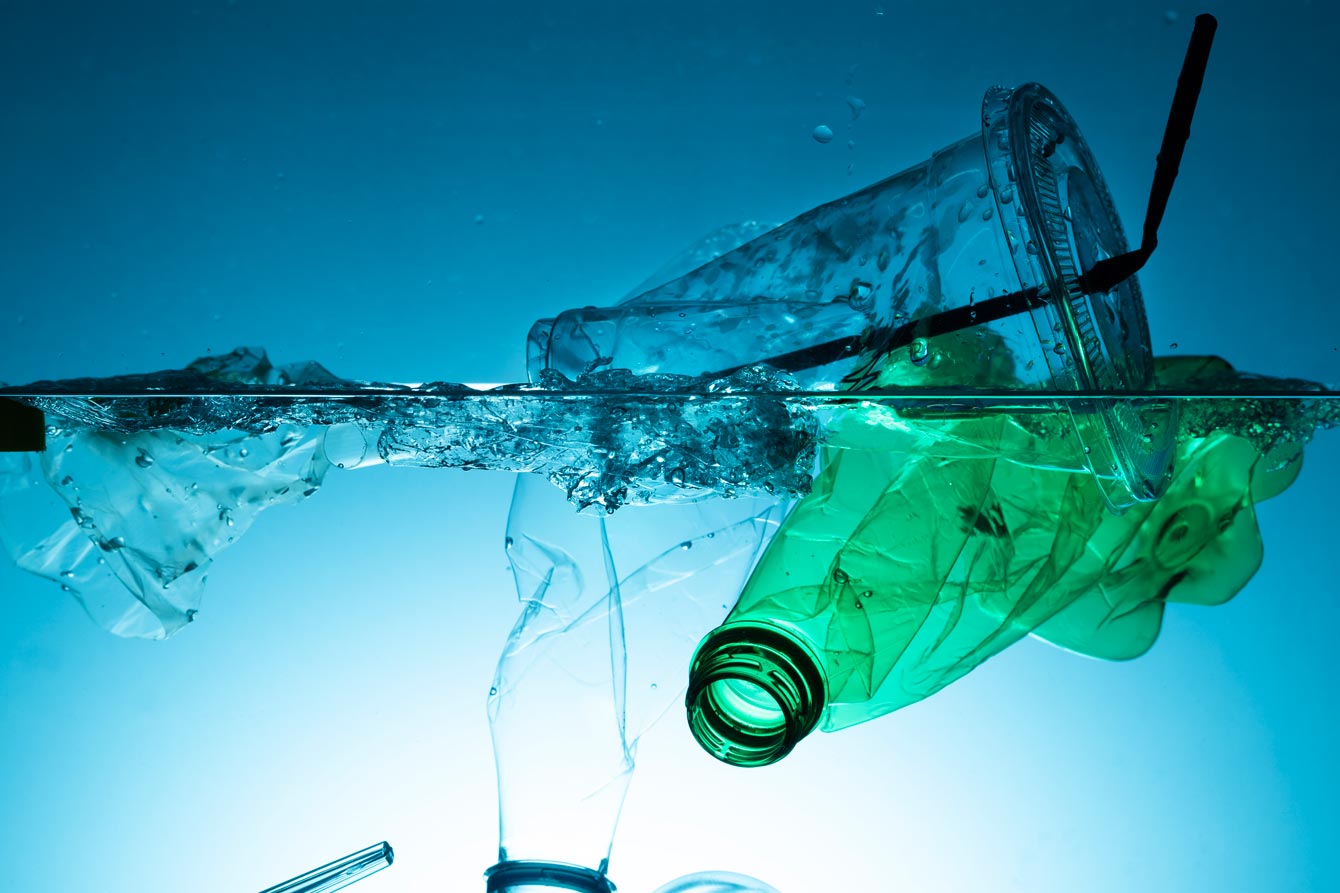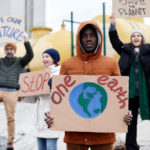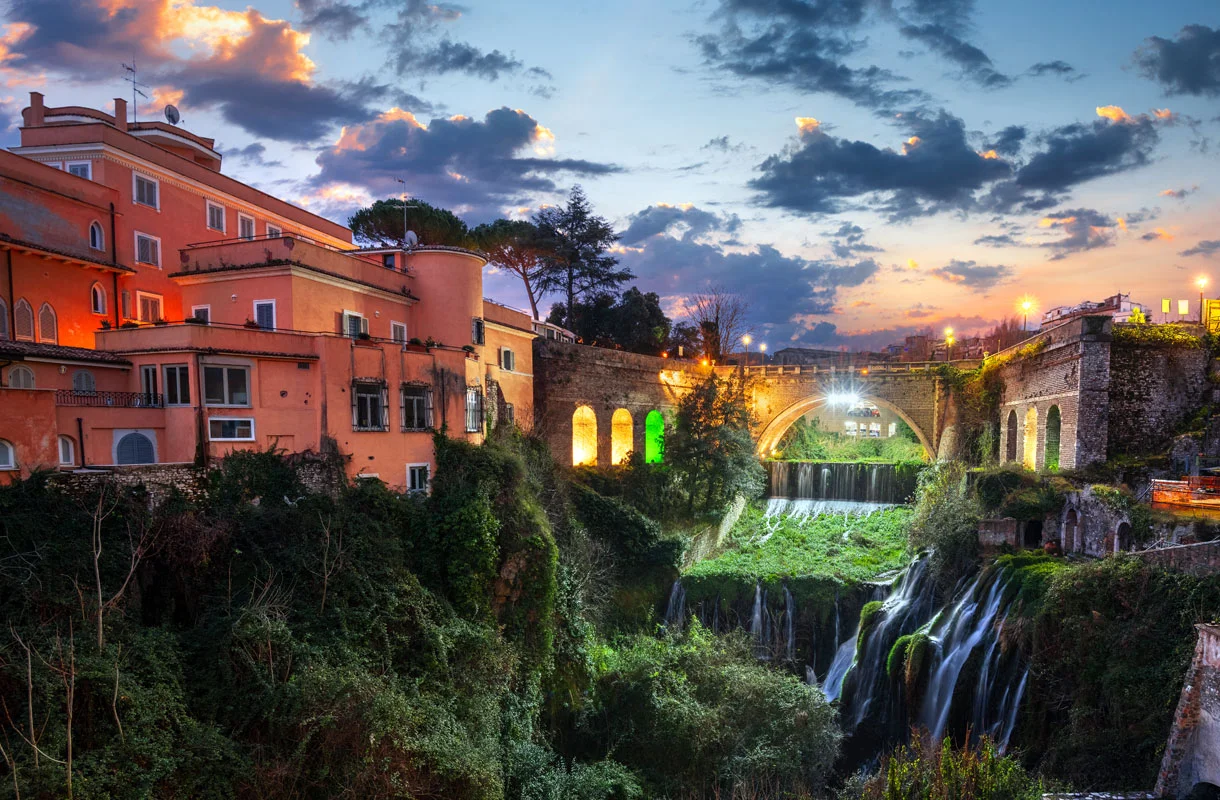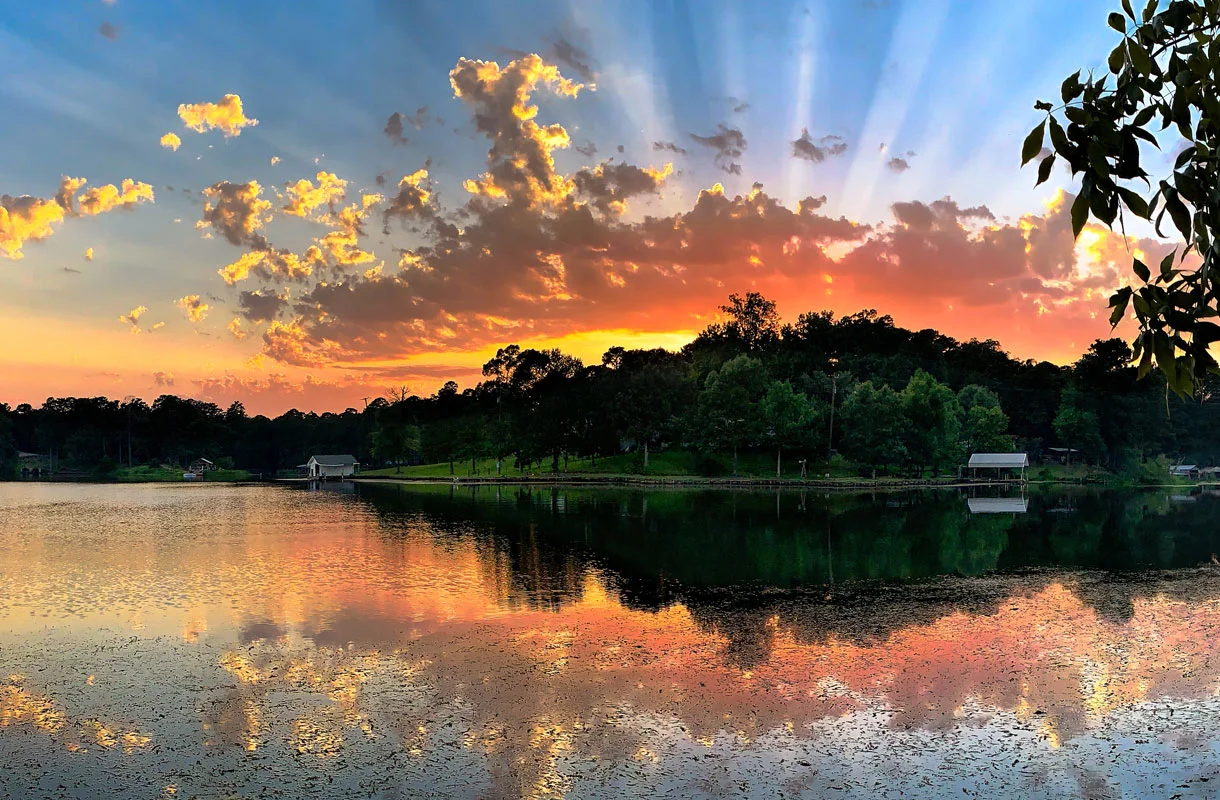In March 2023, Fernanda Avelar Santos and her research team at the Federal University of Parana in Brazil were left stunned by their discovery of a new type of rock created from melted plastic trash located on the volcanic Trindade Island. This island is 1,140km away from the southeastern state of Espirito Santo and is also home to an important turtle refuge, with thousands of turtles coming each year to lay their eggs. The discovery serves as evidence of mankind’s growing influence over the earth’s geological cycles and has been nicknamed ‘plastiglomerates’ by geologists.
Plastic pollution : a global problem
The discovery was made on a permanently preserved area of the island which had remained untouched by any human activity until now. To further test this, the research team conducted chemical tests which confirmed the presence of various plastics within the rocks, including acrylic, ethylene-vinyl acetate, polyethylene terephthalate and styrene-butadiene rubber.
They concluded that these plastics had become “amalgamated” with the rocks due to being exposed to intense heat. This unprecedented finding is both fascinating as well as terrifying. It shows the extent of damage humans have caused to the environment, even in places considered safe from human interference. Sadly, it is no longer just sea birds or ocean mammals who are victims of pollution – the very land itself is directly affected.
What solutions to plastic pollution?
Plastic pollution is a global problem that transcends borders and species.
Studies show that about 8 million metric tons of plastic end up in our oceans every year, making up around 80% of all marine debris.
This is an alarming figure considering that most of the plastic never decomposes naturally – meaning that marine life can be put at risk for generations to come. But it’s not just the ocean that’s affected. Air pollution is also a major concern when it comes to plastic debris. Many of the same types of synthetic plastics found on Trindade Island have been detected in air particles throughout the world.
As these particles mix with water vapor, they form tiny droplets that can eventually settle on land and contaminate soil. The worst part is that these microplastics are almost impossible to detect or clean up. We don’t know how much damage these tiny bits of plastic can cause, but we do know that they can affect our ecosystems in dangerous ways.
Avoiding more plastic pollution
While there is still much work to do to clean up existing plastic waste, it’s essential that we focus on preventing more plastic pollution. One way to start is by implementing legislation that limits the use of single-use plastics.
Countries like Kenya, Myanmar and France have already taken steps to ban certain types of plastic bags and products, while the European Union has proposed a wide range of policies to reduce plastic waste.
We can also make a difference on a personal level. Some simple tips include carrying reusable shopping bags, avoiding buying products with excessive packaging, and recycling or reusing old items before throwing them away. Not only will this help reduce the amount of plastic in our environment, but it can also save you money in the long run.
Green solutions for a Greener Future
Finally, the discovery of plastiglomerates on Trindade Island serves as a reminder that green solutions are needed to tackle this global issue. Solutions such as investing in renewable energy sources, reducing reliance on fossil fuels, and embracing sustainable practices in industry and agriculture will go a long way towards creating a healthier and cleaner future.
Ultimately, it is up to us as individuals to take responsibility and make sure that future generations don’t suffer the same consequences.
By doing our part, we can ensure that the discovery of plastiglomerates on Trindade Island remains a startling, one-time occurrence.






